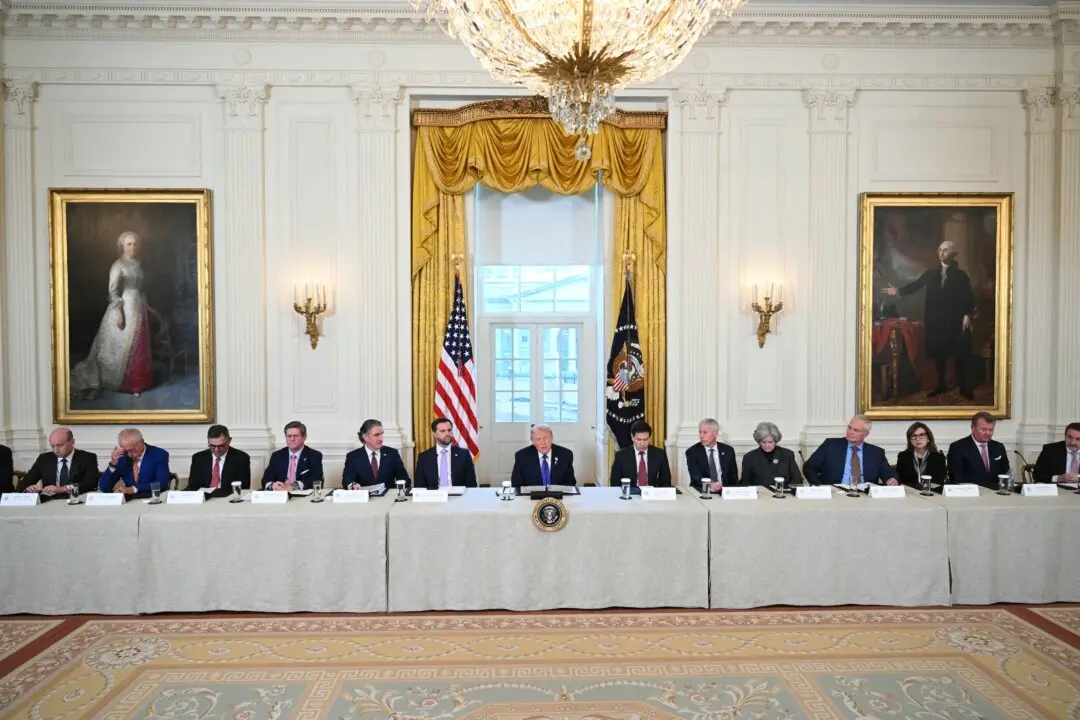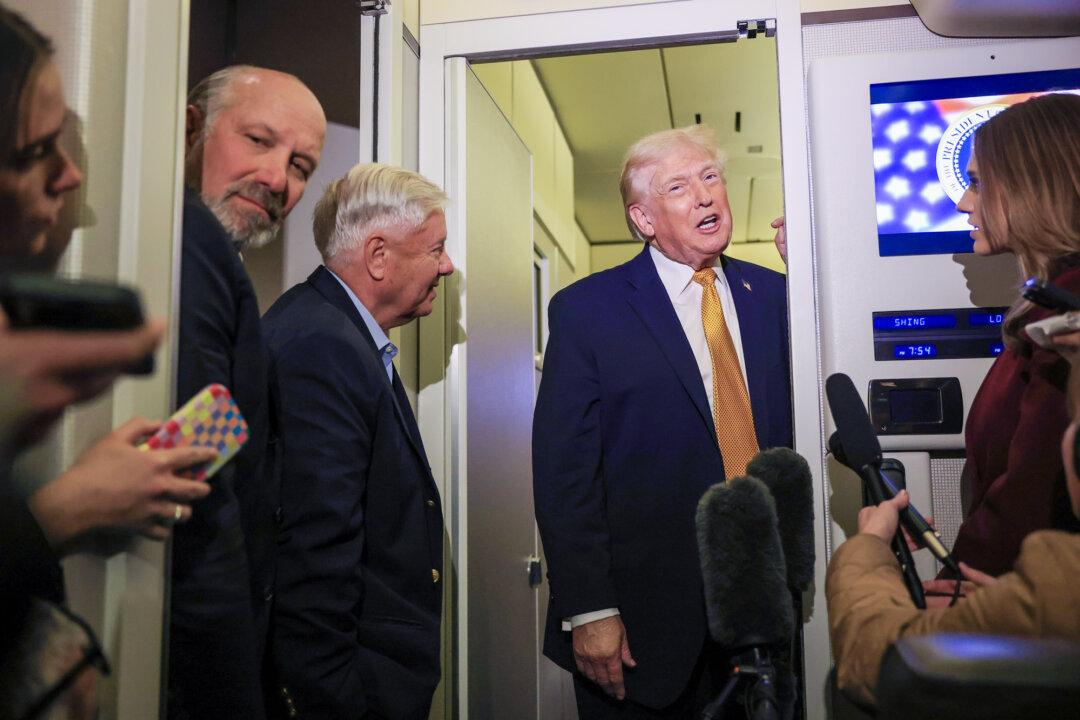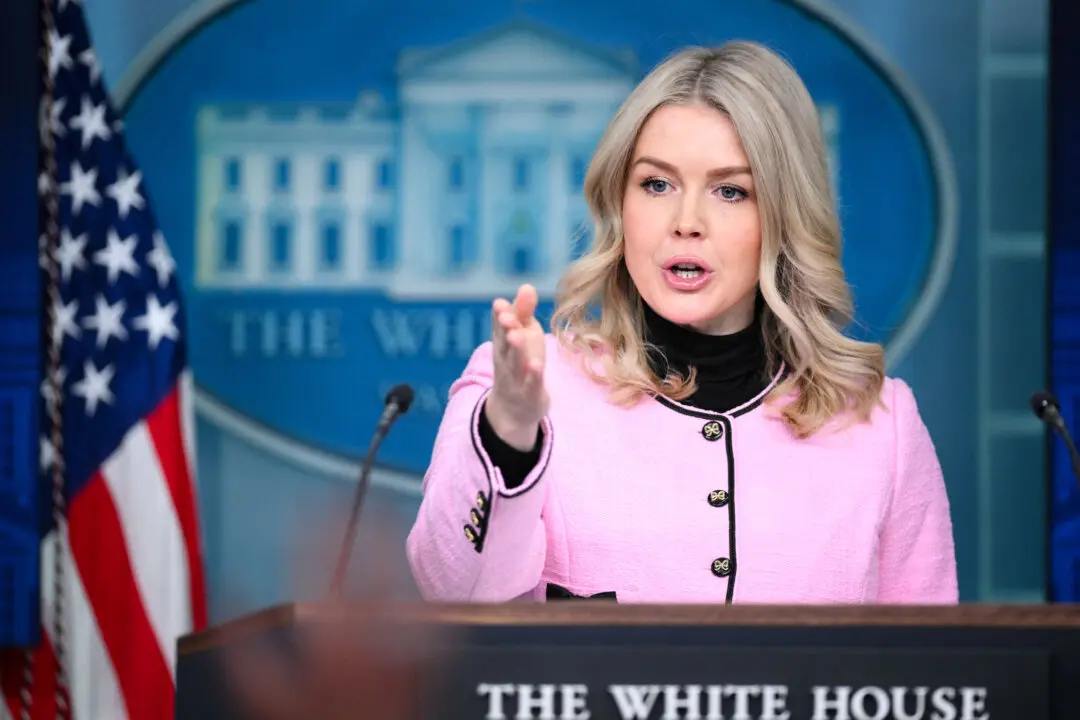WASHINGTON—The Federal Reserve cut its benchmark federal funds rate on Oct. 30 for the third time this year to sustain U.S. economic expansion in the face of a global slowdown and ongoing trade risks that weigh on business confidence.
After its two-day policy meeting, the U.S. central bank decided to slash its target interest rate by 25 basis points to a range of 1.50 percent from 1.75 percent. Then it signaled that the current cycle of lowering rates could be over.





